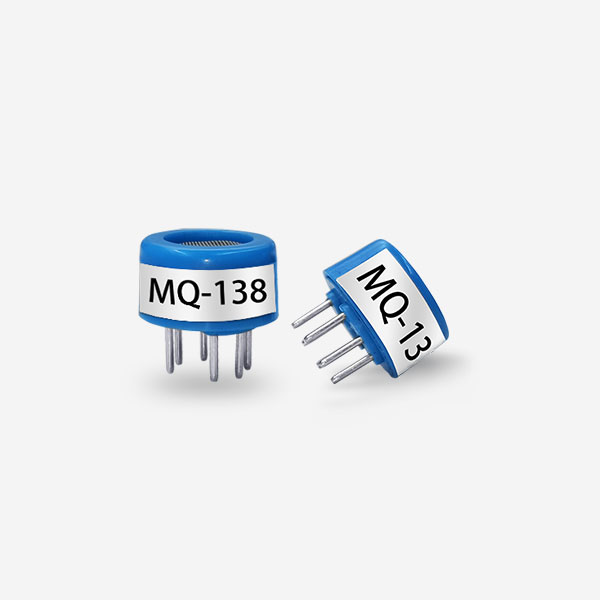Air pollution is a major concern worldwide, with adverse effects on human health and the environment. The sources of air pollution are diverse, including transportation, industrial activities, and natural phenomena such as wildfires and dust storms. To mitigate the impact of air pollution, it is essential to accurately monitor and measure the levels of air pollutants. Gas sensor technology has emerged as a powerful tool for monitoring air pollution levels, providing real-time data on the concentration of various gases in the atmosphere. In this article, we will explore the importance of monitoring air pollution levels using gas sensor technology and how it can contribute to improving air quality and public health.

Gas sensors are devices that detect and measure the concentration of various gases in the air. They can detect a wide range of air pollutants, including carbon monoxide (CO), nitrogen oxides (NOx), sulfur dioxide (SO2), ozone (O3), and particulate matter (PM). These pollutants can have significant impacts on human health, causing respiratory problems, cardiovascular diseases, and even premature death. By continuously monitoring the levels of these gases, gas sensors provide valuable information about air pollution levels and enable appropriate actions to be taken to improve air quality.
One of the main benefits of using gas sensors for monitoring air pollution levels is their ability to provide real-time data. Traditional methods of air pollution monitoring, such as air sampling and laboratory analysis, are time-consuming and often provide delayed results. Gas sensors, on the other hand, provide instant feedback on the concentration of air pollutants, allowing for prompt actions to be taken to mitigate the sources of pollution and improve air quality. Real-time data also enables the identification of hotspots of high pollution levels, which can guide targeted interventions to reduce emissions from specific sources.
Another advantage of gas sensors is their high sensitivity and specificity. Different gases have different effects on human health, and some can be highly toxic or carcinogenic. By accurately identifying the types and concentrations of air pollutants, gas sensors help determine the severity of the problem and guide appropriate remedial measures. For example, if high levels of PM are detected, it may indicate the need to reduce emissions from transportation or industrial activities in the area. If high levels of NOx are detected, it may indicate the need to improve the efficiency of combustion processes or switch to cleaner fuels.
Gas sensors also play a crucial role in monitoring the effectiveness of air pollution control measures. Governments and organizations worldwide have implemented various measures to reduce air pollution levels, such as emission standards, traffic restrictions, and green energy policies. Gas sensors can provide feedback on the effectiveness of these measures by continuously monitoring the levels of air pollutants before and after their implementation. This data-driven approach allows for the evaluation of the impact of air pollution control measures and the refinement of policies to achieve better results.
Furthermore, gas sensors can contribute to citizen science efforts to monitor air pollution levels. Citizen science involves the participation of non-experts in scientific research, enabling them to collect and analyze data and contribute to scientific knowledge. Gas sensors can be deployed in communities to enable citizens to monitor air pollution levels in their neighborhoods and raise awareness about the importance of air quality. Citizen science initiatives can also provide valuable data for researchers and policymakers, enabling them to identify trends and patterns in air pollution levels and guide interventions.
Despite the numerous benefits of gas sensors for monitoring air pollution levels, there are some challenges to their widespread adoption. One challenge is the cost of the sensors, which can vary depending on the type and quality of the sensor. However, advancements in technology and increased demand are driving down costs, making gas sensors more accessible to a wider range of users. Another challenge is the need for proper calibration and maintenance of the sensors to ensure accurate and reliable measurements. Regular calibration and maintenance are essential to ensure the sensors' performance and longevity.

In conclusion, monitoring air pollution levels using gas sensor technology is a crucial step towards mitigating the impact of air pollution on public health and the environment. Gas sensors provide real-time monitoring of air pollutants, enabling early detection and identification of specific gases. They also help assess the effectiveness of air pollution control measures, enable citizen science initiatives, and contribute to data-driven policymaking. With ongoing advancements in sensor technology, we can expect even more sophisticated
 : +86 155 8830 2704
: +86 155 8830 2704 : jxdziot@gmail.com
: jxdziot@gmail.com
